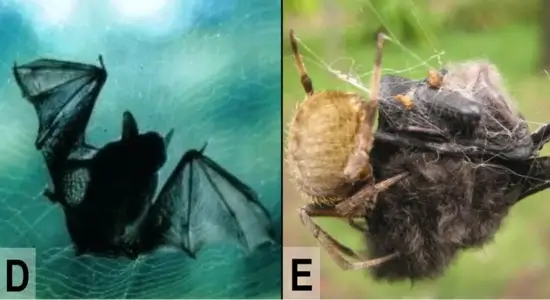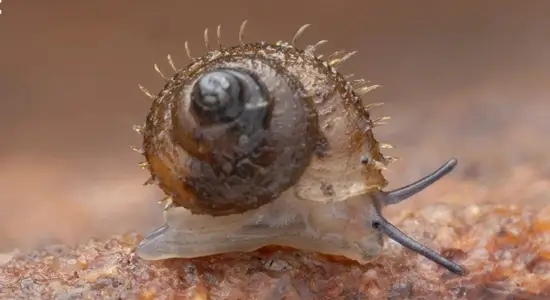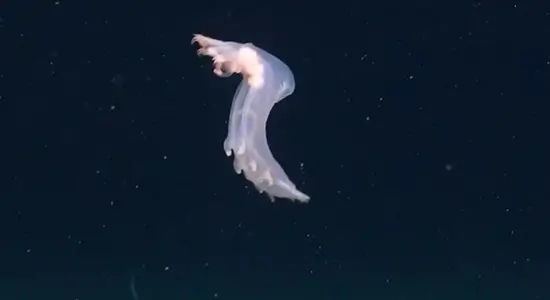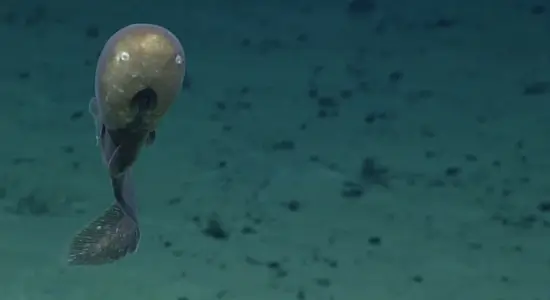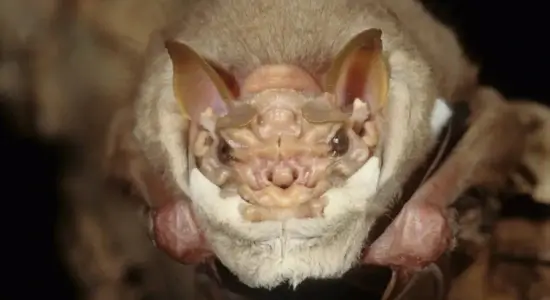Cats Licking Plastic: Exploring the Reasons Behind This Strange Behavior
Alright, Fact Fun here, and today we’re diving into the weird world of our feline friends. Ever catch your cat going to town on a plastic bag and wonder, “Dude, what’s up with that?” Well, you’re not alone! Let’s unravel this bizarre behavior.
So, cats love to lick. We know this. They groom themselves, they lick us (sometimes affectionately, sometimes like sandpaper), and yeah, they lick stuff that definitely isn’t food. When they get fixated on licking or even sucking on things like wool, leather, rubber, or our favorite topic today, plastic, it’s called “wool sucking.” But as Dr. Nicholas Dodman, a top animal behavior expert, points out, each cat has their own weird preference.
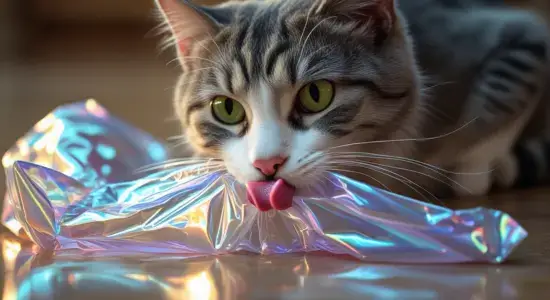
But seriously, why the plastic bags? And should we be worried?
One leading theory takes us back to their kitten days. See, Siamese cats are notorious for this wool-sucking thing, and guess what? They also tend to nurse with their moms for a longer time than other breeds, sometimes up to 12 or 14 weeks! Dr. Dodman thinks that when these kittens get separated from their mothers around nine weeks, that natural suckling drive is still going strong and needs an outlet. So, they turn to things that might mimic the texture or feel of nursing, like wool, leather, and yep, you guessed it, plastic.
Now, other cat breeds usually wean off nursing around seven weeks, so if they leave their moms at nine weeks, they’ve often outgrown that intense suckling urge, according to Dr. Dodman.
However, Dr. Valarie Tynes, another animal behavior specialist, isn’t completely sold on the weaning theory just yet because it hasn’t been proven with experiments. But she does agree that this plastic-licking habit is likely some kind of way for cats to comfort themselves, kind of like human babies sucking their thumbs.
Okay, so is it a problem if your cat’s just licking the bag? Dr. Tynes says that licking alone isn’t a huge worry, especially if they’ve been doing it since they were young and it’s not taking up a huge chunk of their day. The real danger zone is when they start eating the plastic or any other non-food items.
This is where we enter the realm of pica, and that’s a red flag. If a cat is actually swallowing plastic, it can get stuck in their intestines, leading to expensive surgeries and potentially even being fatal if it’s not treated.
Both experts strongly recommend a vet visit if your cat is eating non-food stuff. And if your regular vet isn’t giving you the answers you need, Dr. Tynes suggests consulting a behavior specialist. She’s seen too many cases where owners have spent fortunes on surgeries to remove foreign objects instead of addressing the root behavioral issue.
When a cat with pica goes to the vet, the first step is usually to rule out any underlying gastrointestinal problems, like parasites. Once it’s confirmed to be a behavioral issue, there are a few possible solutions.
Dr. Dodman mentions that some vets might prescribe medications similar to those used for obsessive-compulsive disorder in humans, like Prozac. Owners can also try to distract their cats when they’re engaging in the unwanted behavior and provide more appropriate toys and activities. Dr. Tynes suggests growing cat grass or even getting a dog chew toy as safer alternatives to munch on.
Related interesting stories
- What exactly are cats communicating when they are massaging their owners?
- Muntjac the deer looks like something out of the movie Avatar.
The most important thing to remember, Dr. Tynes emphasizes, is that your cat isn’t intentionally being bad. So, don’t get mad at your furry friend for licking your grocery bag. Just keep an eye on things, and don’t hesitate to chat with your vet if it seems like it’s becoming a problem.
So, there you have it, folks! The mystery of the plastic-loving cat, at least partially solved. What weird things does your cat like to lick? Share your stories in the comments below!
ref : livescience , sunsetanytime , howstuffworks

